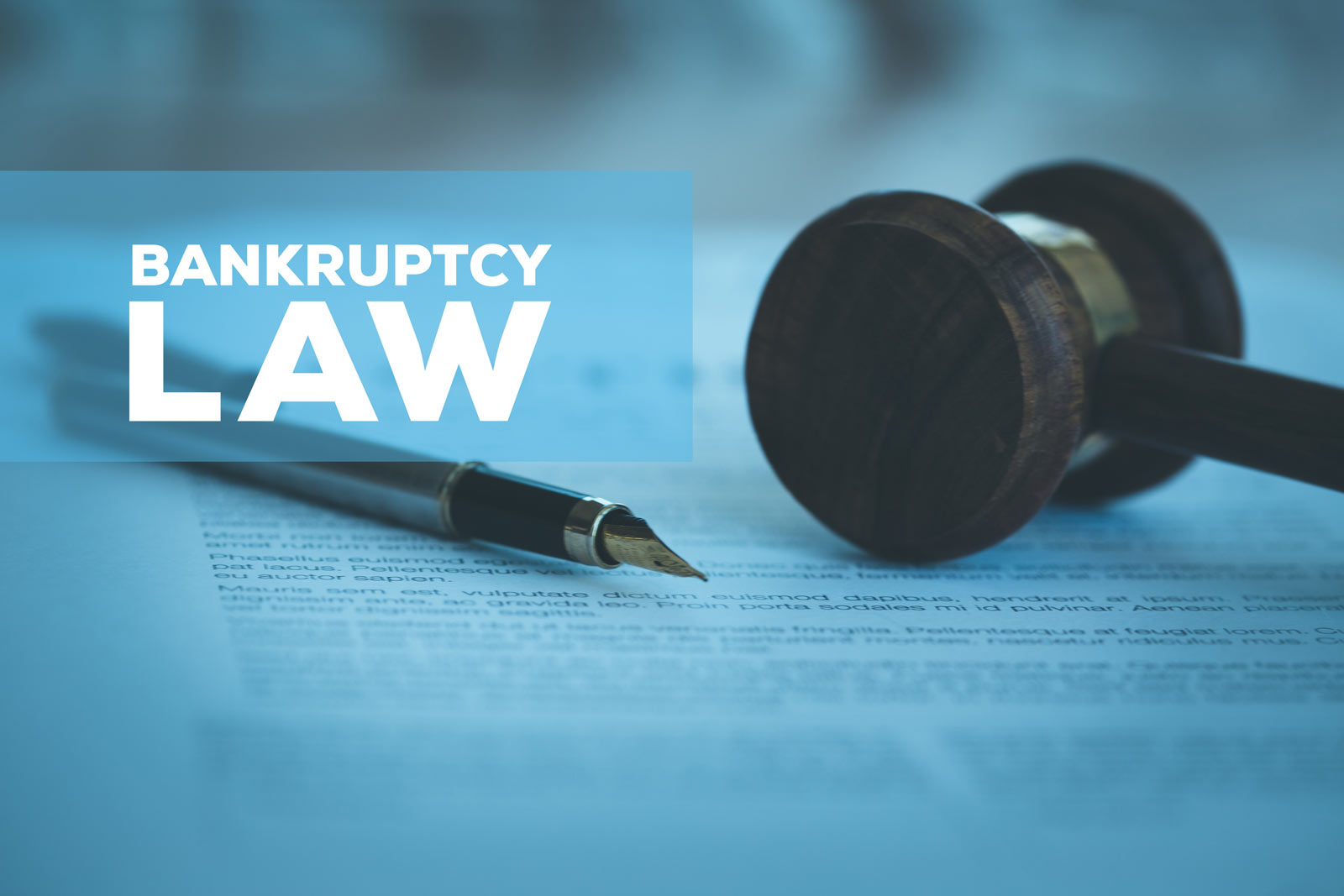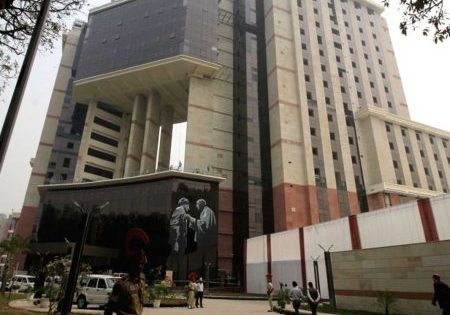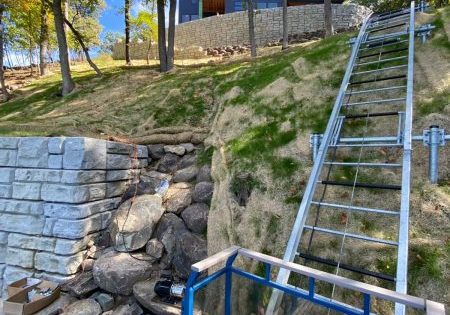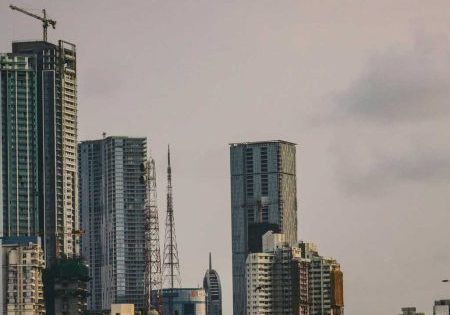The rights of vertical mobility manufacturers and suppliers under India’s Bankruptcy Code
by Rohan Singh
Efficient and reliable vertical mobility in commercial centers, office buildings and residential projects has become integral to their overall success. Certain Indian cities (such as Mumbai) have limited land to develop into world-class projects, and the sky has always been the most viable option to accommodate more businesses and families. Whereas, in other cities, developers have looked at maximum utilization of prime locations in central business districts. In each case, developers have looked at elevator manufacturers as one of the most important suppliers to ensure office goers and residents have a quick, smooth and reliable way to regularly access the higher floors of their projects.
Given the above, elevator manufacturers are in a vaunted position vis-à-vis developers in terms of the demand for their product. Having said that, there have been situations in the past where developers have run into financial headwinds during construction and have had difficulties paying their suppliers. Financial difficulties could even lead to relatively smaller developers entering bankruptcy and larger developers potentially violating lender covenants and triggering a domino effect in terms of cross-defaults to lenders in a very large project or across several projects. Situations like these could lead to delayed or even altogether missed payments due to elevator manufacturers that have supplied vertical mobility solutions to such projects.
It is tough times like those mentioned above that require elevator manufacturers to think laterally in terms of options and rights available under their supply contracts and, more generally, recovery rights under law. One of the key pieces of legislation that manufacturers and suppliers should be aware of is India’s bankruptcy law provided under the Insolvency and Bankruptcy Code, 2016 (“IBC”).
Elevator Manufacturers as Operational Creditors
Elevator manufacturers, as potential operational creditors to developers that are owed at least INR 1,00,00,000 (Indian Rupees One Crore), are empowered under the IBC as operational creditors to deliver a demand notice of unpaid operational debt with a copy of their pending invoice to a corporate debtor (the developer) if the developer defaults on such payment in a format prescribed under the IBC. India’s bankruptcy law used to have a substantially lower threshold for operational creditors to initiate bankruptcy proceedings to recover claims from companies, but that threshold was found to be too low and led to an increase in insolvency proceedings and was revised upwards in 2020. This, of course, means that relatively smaller manufacturers for small projects or minor retrofitting projects in older buildings may not benefit from the ability to start insolvency proceedings against a developer who fails to pay a demand notice; however, it is still beneficial for larger supply contracts in medium to large projects. In such cases, the developer is required by law to do one of the following within 10 days of the date of delivery of such demand notice: (a) either pay the unpaid operational debt owed to the manufacturer, or (b) notify it of the existence of a dispute or highlight that the subject matter is subject to an already-filed suit or ongoing arbitration proceedings. If the manufacturer is not paid or is not notified of an existing dispute within such time period, it can file an application with the relevant bench of the National Company Law Tribunal to initiate corporate insolvency proceedings against such developers.
One good aspect of the IBC is that the tribunal has 14 days to admit or reject such application, so at least the admission stage is somewhat time-bound. In addition, Section 12 of the IBC provides an overall 180-day period from admission as a general rule for completing the insolvency process (with the exception of an extension being sought by the appointed insolvency resolution professional with the affirmative resolution of at least 66% of the committee of creditors of such corporate debtor, in which case the process could stretch to 330 days). The fact that this tribunal-driven process has specifically recorded outer time limits written into the law is a major step forward for operational creditors, such as elevator manufacturers, being able to have a certain level of visibility on the ability to recover claims (or an agreed part of such claims).
However, after the initiation of insolvency proceedings in a company, the tribunal is required to order a moratorium, which prohibits the initiation of new legal proceedings and continuation of existing pending proceedings against the defaulting company. In addition to the moratorium, the rest of the insolvency proceedings are primarily driven by an interim resolution professional, the finally-appointed resolution professional and the committee of creditors. Several significant decisions in relation to the defaulting company are taken by the committee of creditors, which only consists of financial creditors and not operational creditors. Accordingly, the ultimate decision on whether the company is liquidated or a resolution plan from a resolution applicant is accepted to revive the corporate debtor is not really in the hands of elevator manufacturers. But alas, all hope is still not lost for operational creditors, as Section 30 of the IBC requires the resolution professional to review resolution plans from the perspective of whether they provide for payment to operational creditors the amount of liquidation value (the amount that such creditors are owed if the defaulting company was ultimately dissolved) of the corporate debtor.
Conclusion
Given the above, while the IBC empowers elevator manufacturers (as operational creditors) to initiate insolvency proceedings against a developer that owes them the threshold value of payments, their destiny does not remain in their hands and is primarily controlled by financial creditors. In such cases, manufacturers should consider reviewing their supply contracts to developers to address the following key points: (a) manufacturers should define clear due dates for payments and provide specific time-bound cure periods so it’s clear when a payment has become due and payable; (b) the form of the demand notice for a delayed/missing payment can be drafted in a form similar to what is provided under the IBC; (c) manufacturers may want to specifically add information and disclosure rights where a developer has to immediately notify them in writing if they receive any application to initiate insolvency proceedings against them by other operational creditors or any financial creditor, and receive regular updates on such proceeding in the pre-admission and post-admission stages; (d) they may want to provide for the delivery of an application for initiating of a corporate insolvency process to be a material default or event of default that accelerates all payments due to the manufacturer under the supply contract.
Ultimately, elevator manufacturer management and legal teams should be aware of the consequences of a customer being involved in insolvency proceedings, and the broader consequences of being able to make additional claims and the post-admission decisions being controlled by such customer’s financial creditors. It’s with this awareness that manufacturers will be able to make effective decisions in relation to their own claims and payments due to them.
Acknowledgement: A special thanks goes out to our firm’s intern, Elizabeth Cherian, for her detailed research and contribution to this article.
Get more of Elevator World. Sign up for our free e-newsletter.










